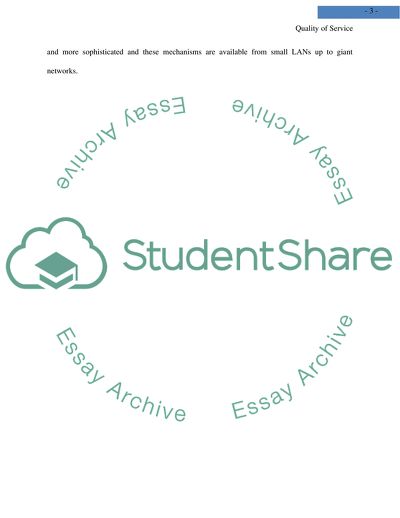Cite this document
(Quality of Service Case Study Example | Topics and Well Written Essays - 2250 words, n.d.)
Quality of Service Case Study Example | Topics and Well Written Essays - 2250 words. Retrieved from https://studentshare.org/technology/1735677-the-quality-of-service-effecting-video-and-voice-over-ip-network
Quality of Service Case Study Example | Topics and Well Written Essays - 2250 words. Retrieved from https://studentshare.org/technology/1735677-the-quality-of-service-effecting-video-and-voice-over-ip-network
(Quality of Service Case Study Example | Topics and Well Written Essays - 2250 Words)
Quality of Service Case Study Example | Topics and Well Written Essays - 2250 Words. https://studentshare.org/technology/1735677-the-quality-of-service-effecting-video-and-voice-over-ip-network.
Quality of Service Case Study Example | Topics and Well Written Essays - 2250 Words. https://studentshare.org/technology/1735677-the-quality-of-service-effecting-video-and-voice-over-ip-network.
“Quality of Service Case Study Example | Topics and Well Written Essays - 2250 Words”. https://studentshare.org/technology/1735677-the-quality-of-service-effecting-video-and-voice-over-ip-network.


